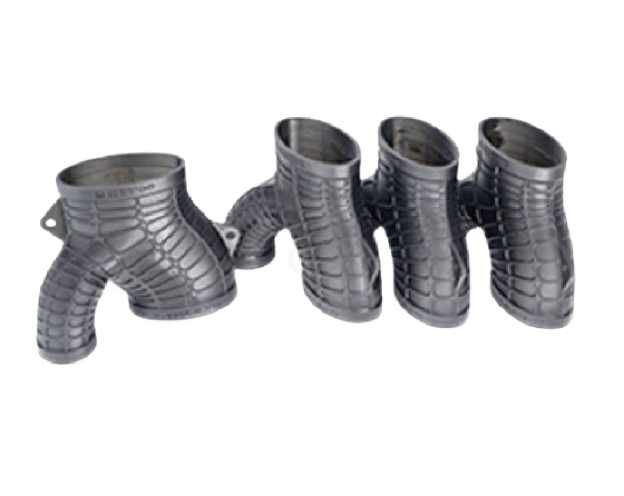FIGURE 4® RUBBER-BLK 10
DURABLE ELASTOMER
HIGH TEAR STRENGTH, MALLEABLE MATERIAL FOR HARD RUBBER-LIKE PARTS
BUY GET A QUOTE
FIGURE 4® RUBBER-BLK 10
DURABLE ELASTOMER
HIGH TEAR STRENGTH, MALLEABLE MATERIAL FOR HARD RUBBER-LIKE PARTS
BUY GET A QUOTE
















